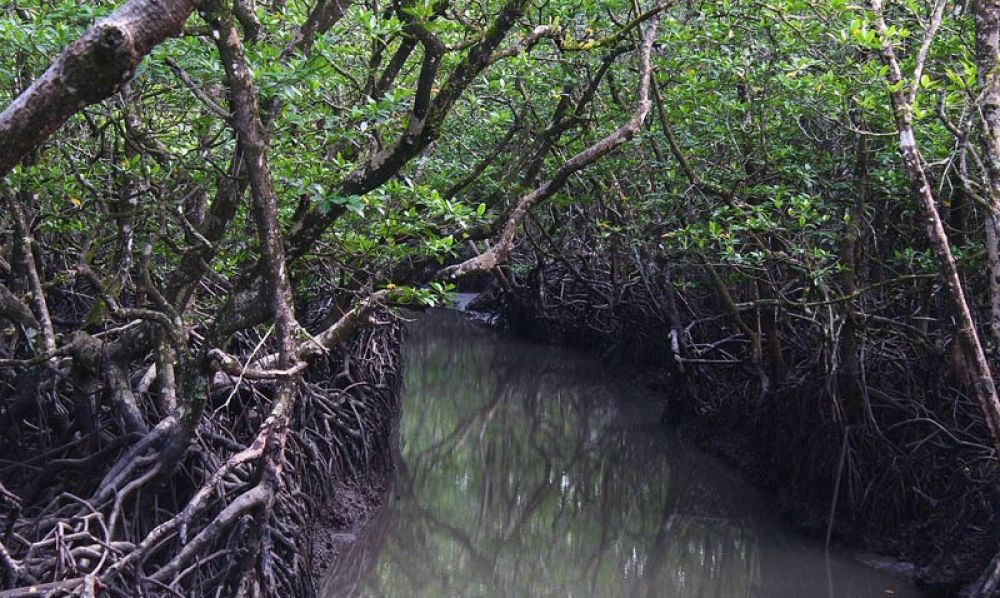

The serene tidal creeks meandering through the dense mangrove forests are one of Mayabunder’s most enchanting natural attractions, presenting a unique ecosystem thriving on the northeastern part of the Andaman Islands. As a part of the Andaman and Nicobar archipelago in India, these islands have been drawing tourists for several decades, but it is the untouched beauty of Mayabunder's mangroves that remains a hidden gem for most travelers.
Tourism in Mayabunder has a history that is intricately tied to the overall development of tourism in the Andaman and Nicobar Islands. Initially, the Andaman was less frequented by tourists, primarily because of its infamous past linked to the British colonial era and the notorious Cellular Jail. However, with time, the pristine beaches, clear waters, and unique biodiversity became the center of attraction for tourists.
In the case of Mayabunder, it's a relatively newer destination for tourists, who usually visit more popular spots like Port Blair, Havelock, and Neil Island. The Mangrove Creeks, in particular, have gained attention relatively recently, as eco-tourism began to take roots with travelers seeking more offbeat and natural experiences.
The Mangrove Creeks of Mayabunder offer a glimpse into a delicate ecosystem where land meets water. These tidal habitats are crucial for maintaining the rich biodiversity of the region. Mangroves are known for their dense roots that not only prevent soil erosion but also serve as a nurturing ground for many marine species.
Recently, there's been a surge in interest for sustainable and eco-friendly tourism. Visitors to Mayabunder are looking for authentic experiences that allow for an intimate connection with nature without leaving a negative impact on the environment. Activities such as mangrove walks, bird watching, and creek safaris have become increasingly popular. These allow tourists to observe various species of flora and fauna in their natural habitat while ensuring that the ecological balance is maintained.
Eco-lodges and community-driven tourism initiatives are also trends that have picked up. They offer accommodations that are environmentally friendly and provide local communities with benefits from tourism.
The best time to visit the Mangrove Creeks of Mayabunder is during the winter months of November to February when the weather is pleasant, and the risk of tropical storms and heavy rains is minimal.
To reach Mayabunder, tourists can take a ferry from Port Blair or drive through the Andaman Trunk Road, which is a unique travel experience in itself. Although the journey is a bit arduous and time-consuming, the scenic beauty en-route and the exotic destination of Mayabunder's mangrove creeks make the trip worthwhile.
The Andaman and Nicobar Islands administration is taking significant steps toward the conservation of mangroves. Strict regulations are in place to prevent deforestation and to control illegal encroachments. Additionally, there's an emphasis on educating tourists about the importance of these ecosystems, thereby encouraging responsible travel practices.
In conclusion, Mayabunder's Mangrove Creeks represent an untapped treasure of the Andaman and Nicobar Islands, offering a serene and enlightening experience amidst nature. As tourism trends evolve towards sustainability, these creeks stand as a testament to the untold stories of nature's resilience and beauty.